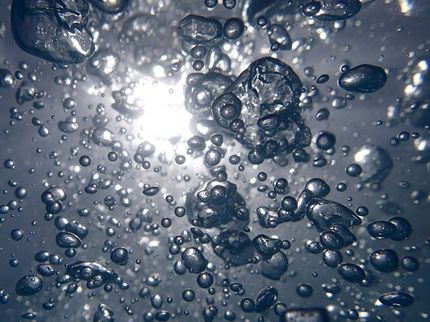The Nobel Prize in Chemistry 2007
Modern surface chemistry - fuel cells, artificial fertilizers and clean exhaust
The Royal Swedish Academy of Sciences has decided to award the Nobel prize in chemistry for 2007 to Gerhard Ertl ,Fritz-Haber-Institut der Max-Planck-Gesellschaft, Berlin, Germany "for his studies of chemical processes on solid surfaces".
The Nobel Prize in Chemistry for 2007 is awarded for groundbreaking studies in surface chemistry. This science is important for the chemical industry and can help us to understand such varied processes as why iron rusts, how fuel cells function and how the catalysts in our cars work. Chemical reactions on catalytic surfaces play a vital role in many industrial operations, such as the production of artificial fertilizers. Surface chemistry can even explain the destruction of the ozone layer, as vital steps in the reaction actually take place on the surfaces of small crystals of ice in the stratosphere. The semiconductor industry is yet another area that depends on knowledge of surface chemistry.
It was thanks to processes developed in the semiconductor industry that the modern science of surface chemistry began to emerge in the 1960s. Gerhard Ertl was one of the first to see the potential of these new techniques. Step by step he has created a methodology for surface chemistry by demonstrating how different experimental procedures can be used to provide a complete picture of a surface reaction. This science requires advanced high-vacuum experimental equipment as the aim is to observe how individual layers of atoms and molecules behave on the extremely pure surface of a metal, for instance. It must therefore be possible to determine exactly which element is admitted to the system. Contamination could jeopardize all the measurements. Acquiring a complete picture of the reaction requires great precision and a combination of many different experimental techniques.
Gerhard Ertl has founded an experimental school of thought by showing how reliable results can be attained in this difficult area of research. His insights have provided the scientific basis of modern surface chemistry: his method-ology is used in both academic research and the industrial development of chemical processes. The approach developed by Ertl is based not least on his studies of the Haber-Bosch process, in which nitrogen is extracted from the air for inclusion in artificial fertilizers. This reaction, which functions using an iron surface as its catalyst, has enormous economic significance because the availability of nitrogen for growing plants is often restricted. Ertl has also studied the oxidation of carbon monoxide on platinum, a reaction that takes place in the catalyst of cars to clean exhaust emissions.
Topics
Organizations
Related link
Other news from the department science

Get the chemical industry in your inbox
By submitting this form you agree that LUMITOS AG will send you the newsletter(s) selected above by email. Your data will not be passed on to third parties. Your data will be stored and processed in accordance with our data protection regulations. LUMITOS may contact you by email for the purpose of advertising or market and opinion surveys. You can revoke your consent at any time without giving reasons to LUMITOS AG, Ernst-Augustin-Str. 2, 12489 Berlin, Germany or by e-mail at revoke@lumitos.com with effect for the future. In addition, each email contains a link to unsubscribe from the corresponding newsletter.



























































